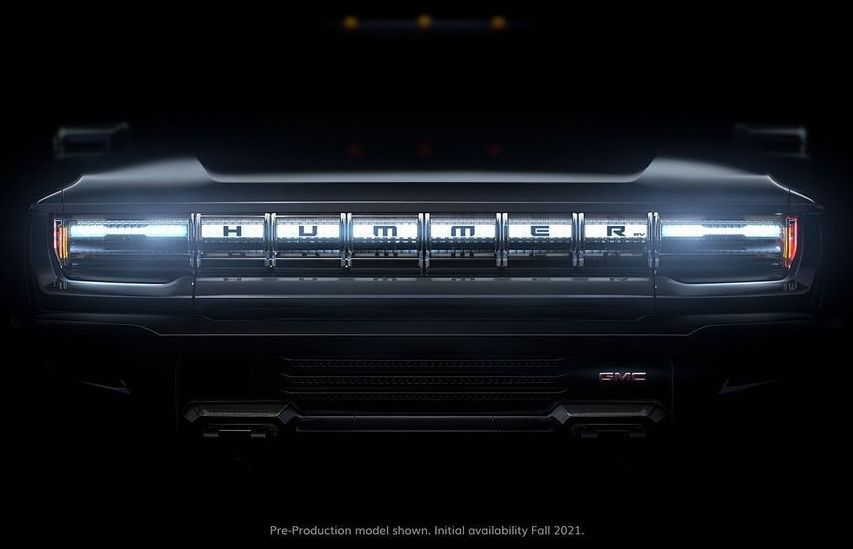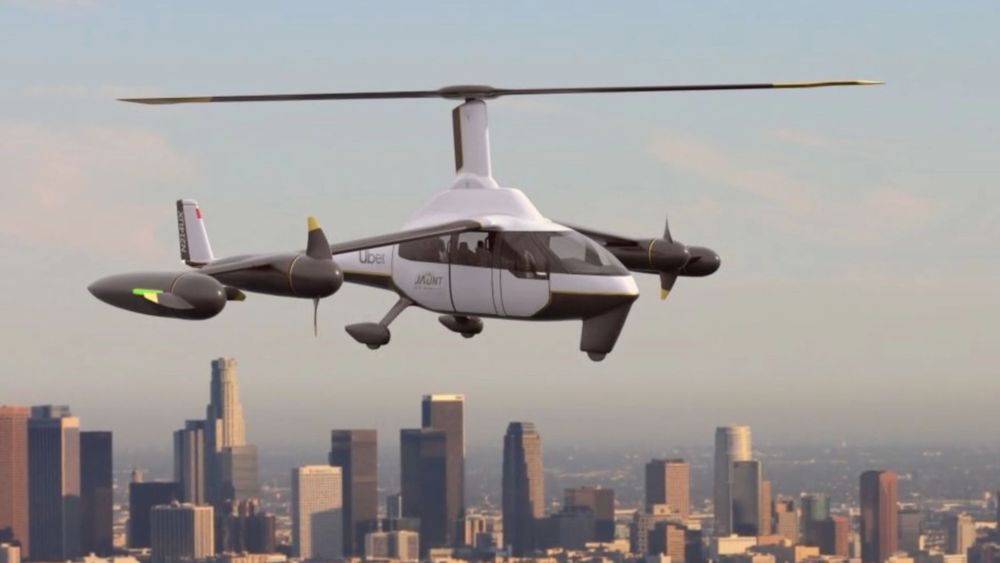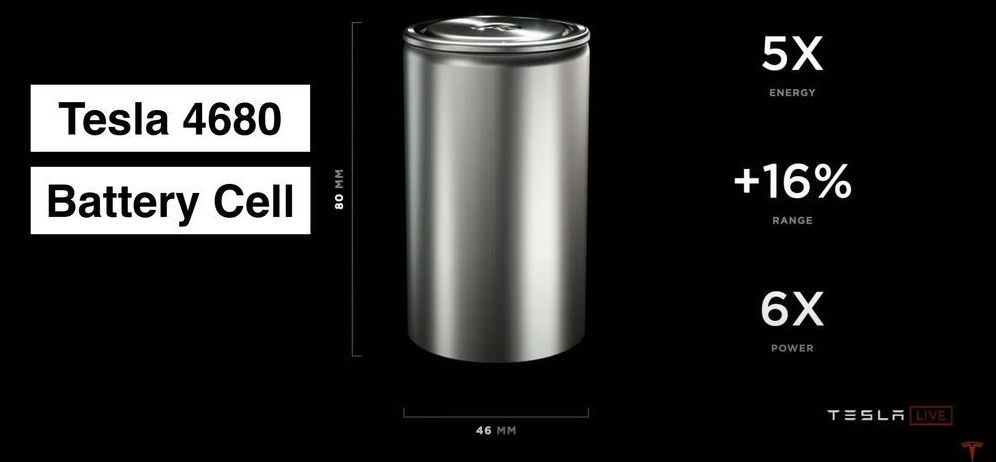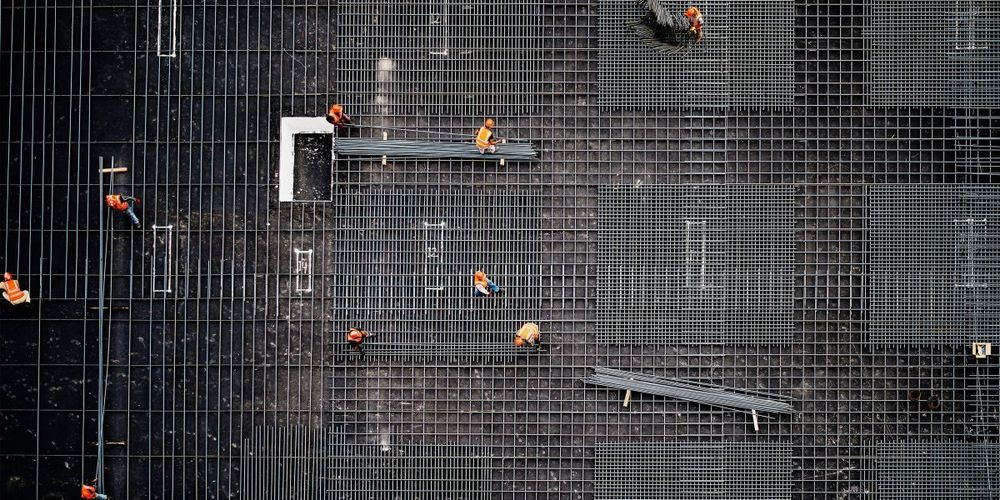As the Ford Bronco and Jeep Wrangler battle over traditional off-road supremacy next year, General Motors has its sights set on a new segment with a different competitor: Tesla.
The Detroit automaker resurrects the Hummer on Tuesday night as an all-electric “supertruck” that’s set to go on sale in roughly a year – likely ahead of Tesla’s Cybertruck. It will be GM’s first real test as a competitor against Tesla. It also will be the first vehicle with the company’s next-generation EV platform and batteries, known as Ultium.
GM had the time and resources to bring back Hummer with an internal combustion engine to directly compete against the upcoming Bronco and Wrangler, but decided against it.






